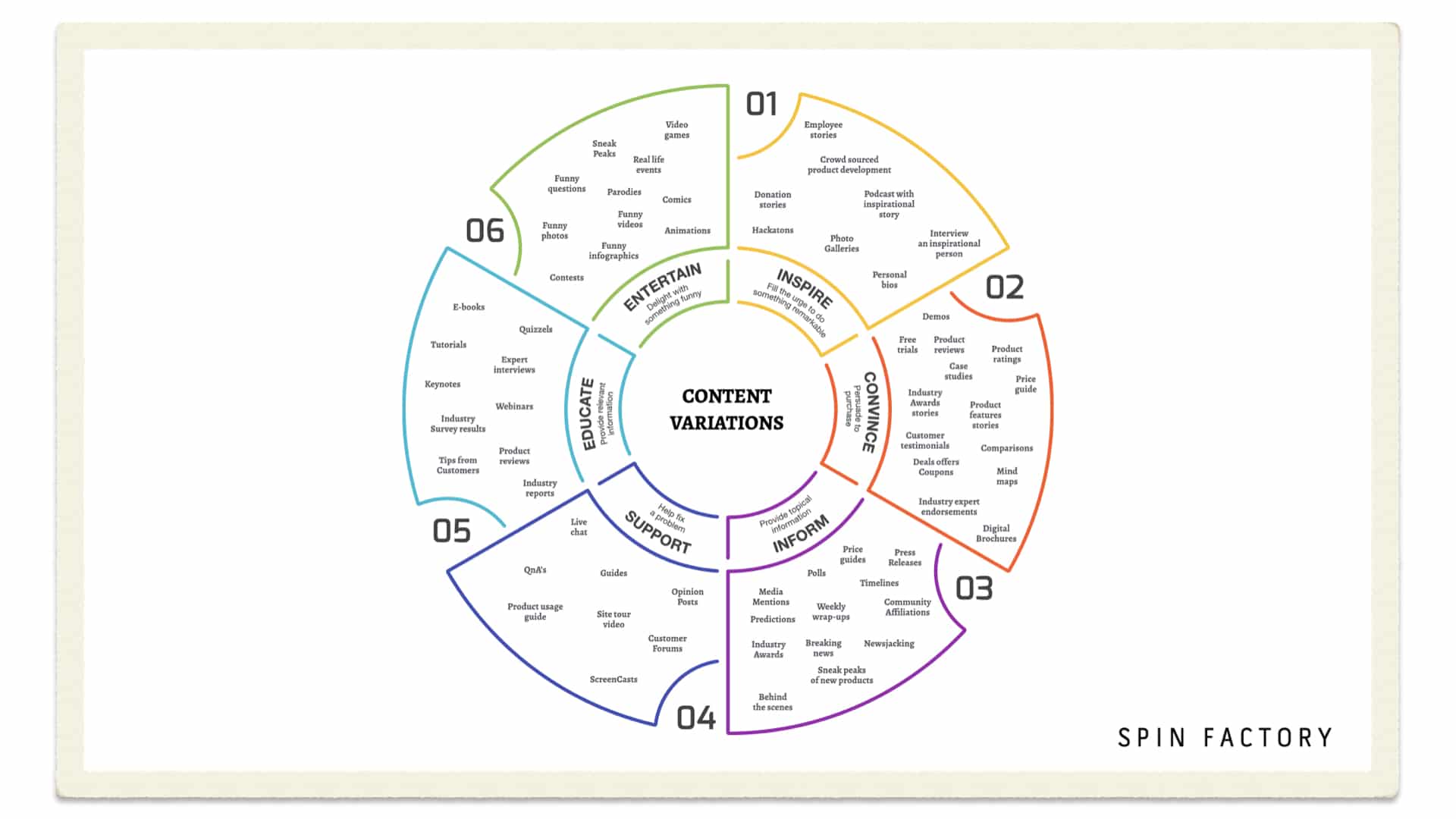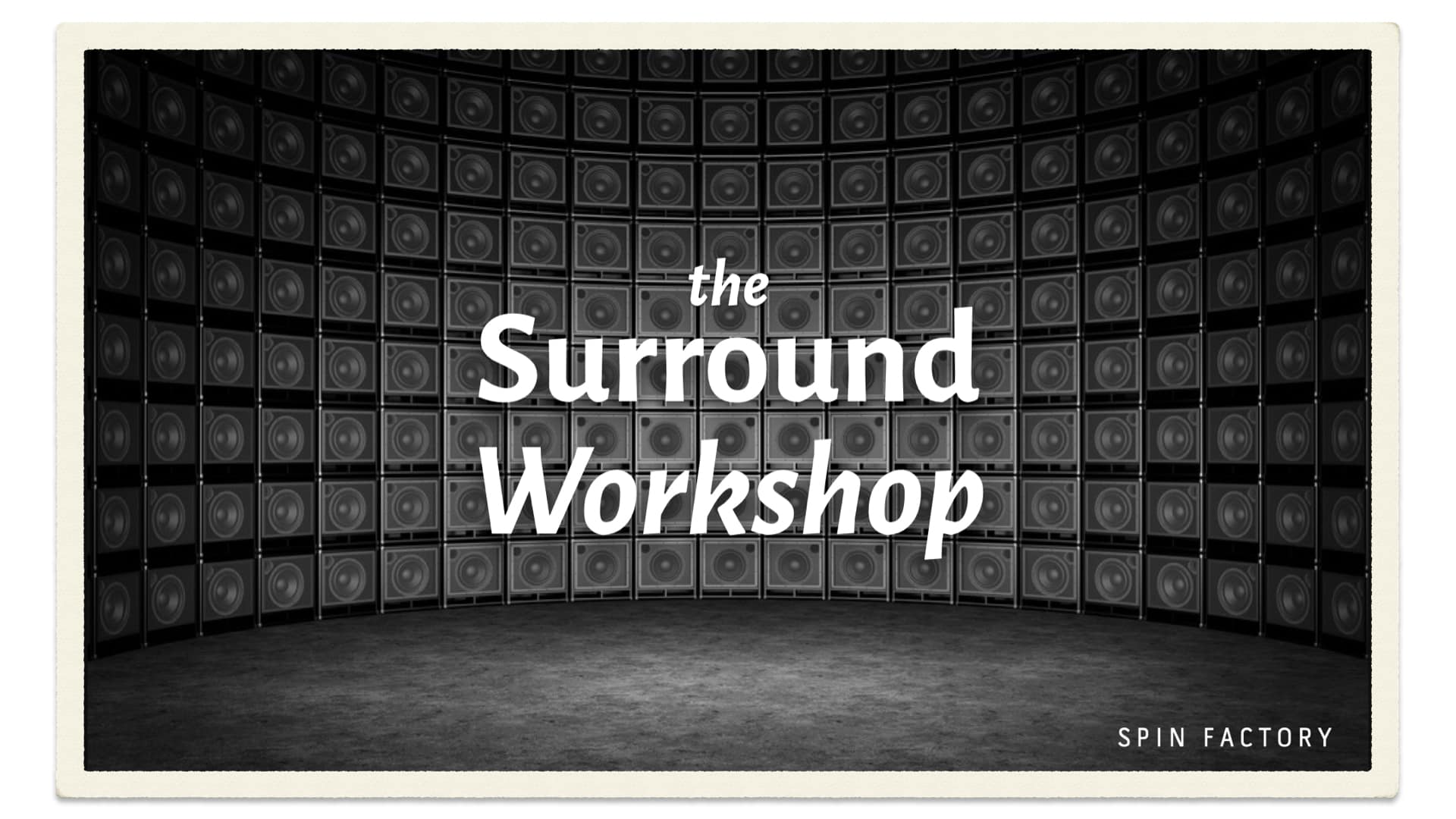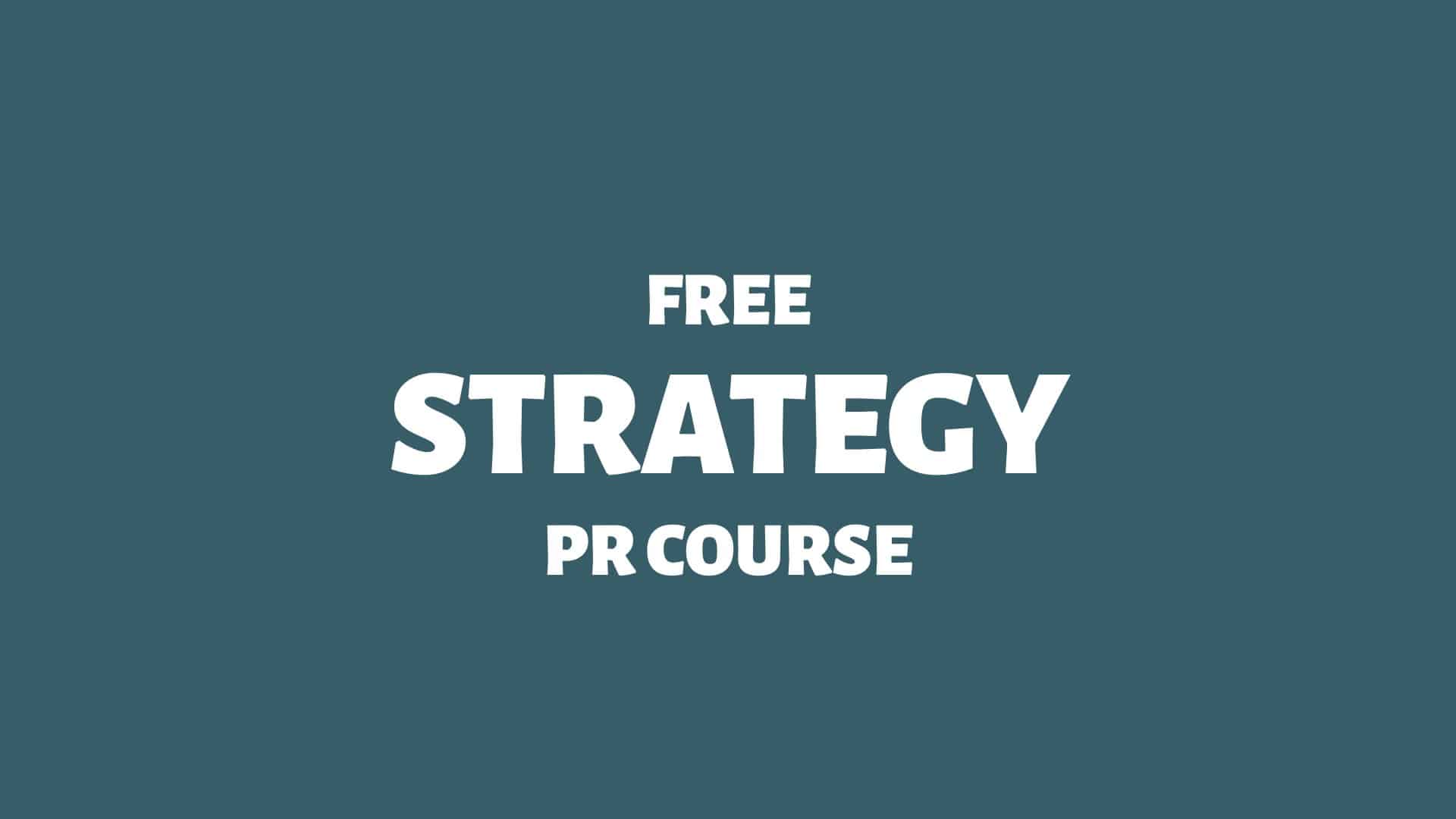The surround message PR strategy is one of my favourite PR strategies.
I was in Italy in the middle of summer.
I was meeting up with an Italian fashion brand. They had thought adding some “PR and digital marketing” would be great for their new collection launch.
The problem was that the launch was less than a week away. I wanted to help them get the word out, but how?
Let’s dive right in:
A PR Strategy for When You’re Out of Options
The Italian-fashioned brand had brought me on board late in the process. The campaign was less than two weeks away. No PR and no digital activations were prepared.
The only thing that stuck with me was a single item in the collection — an iconic handbag being re-launched.
Since there wasn’t enough time to create fancy campaigns, I decided to stick with the handbag.
So, I proposed another strategy:
“In all digital channels at your disposal, you won’t talk about anything except for your iconic handbag for four consecutive weeks. No talking about the rest of the collection, okay?”
Not a single tweet, not a single post on Instagram, not a single press release, not a single interview with the media, not a single blog post, not a single Facebook update, not a single live event, not a single influencer activation, not a single email list send-out, absolutely nothing went live during these four weeks unless it was about the product.
The regular marketing calendar had to be wiped clean, and for four weeks, the marketing team had to come up with whatever — as long as it was only about the product. We even added product messaging to every employee’s email signature.
We put all regular brand messages on hold, which took quite some convincing on my part, until the end of those four weeks.
The strategy worked like a charm. The message got through to their community without adding any specific online campaign activities, and people started talking and sharing about the brand’s iconic product again.
I’ve since tried this approach many times with much success, calling it the surround message PR strategy.
The Art of Relevant Variation
“But won’t people get sick and tired of repeatedly being exposed to the same message? And in every channel, no less? I know I would be.”
Yes and no.
Bombarding the email list with the same message repeatedly (spray-and-pray) wouldn’t work.
However, the Italian fashion brand wasn’t sending out the same tweet five times a day for four weeks; it always had different types of updates with different images, copy, and call-to-actions. The only thing these updates had in common was that they all discussed re-launching their iconic product.
Putting together many variations of the Surround PR Message can be a creative challenge, especially if the brand hasn’t tried this strategy before. But I’ve also seen how adding these constraints can spark creativity.

The Surround Message PR Strategy: A Tight Ship
It’s not as if every person in a brand’s online community is exposed to every brand update. Most online campaigns end before most of the community has even seen them.
Only a tiny percentage of a brand’s online community is exposed to single updates.
As it turns out, most online campaigns are too short:
Due to algorithms and social graphs, a brand community often has zero chance to keep up before the brand decides to talk about something else — or several things at once.
The real challenge, therefore, was to stop the brand from talking about the things they, according to the strategy, shouldn’t be talking about.
The problematic aspect of this strategy is being disciplined enough to go dark on everything but the topic you want to push. Communicators like to communicate, and sometimes over-communication can be a problem.
The Surround Message PR Workshop
I’ve tried the surround PR strategy many times for different brands. To get started, I like to run a surround message PR workshop. It sounds fancy, but it’s a coördinated brainstorm to find something special within a more extensive campaign.

It’s not helpful to think outside the box in communication — sometimes, you must make that box incredibly small instead.
Focusing on one surround message for a set period is closely related to using content themes in your content strategy. Getting everyone onboard with the surround message PR strategy can be challenging, but the results make it worth it.

THANKS FOR READING.
Need PR help? Hire me here.

PR Resource: The 1‑Page Strategy
The 1‑Page PR Strategy
My inspiration for writing “no-bullshit” strategies comes from the classic “Good Strategy, Bad Strategy: The Difference and Why It Matters” by Richard Rumelt. 1Rumelt, R. P. (2011). Good Strategy, Bad Strategy: The Difference and Why It Matters. Crown Business.
“The most basic idea of strategy is the application of strength against weakness. Or, if you prefer, strength applied to the most promising opportunity.”
Source: Good Strategy, Bad Strategy: The Difference and Why It Matters 2Rumelt, R. P. (2011). Good Strategy, Bad Strategy: The Difference and Why It Matters. Crown Business.
By applying strength against weakness, the 1‑page PR strategy focuses on how to win.
The magical PR question: Do we know how to win and defeat our competitors?
It’s asymmetric warfare.
Asymmetric warfare (mental model). This refers to conflict between parties of unequal strength, where the weaker party uses unconventional tactics to exploit the vulnerabilities of the stronger opponent. It’s often discussed in military and business contexts.
How To Write a 1‑Page PR Strategy
Here’s how you can write a 1‑page PR strategy that fits one page — using the mythical battle between David and Goliath as an analogy:
1. Diagnosis
2. Guiding Policy
3. Coherent Actions
If you write 1 – 2 clear sentences per bullet, your strategy should fit nicely on one page.
Learn more: The 1‑Page PR Strategy
PR Resource: How To Identify a Good PR Strategy
The Magical PR Question
Your PR strategy should answer one simple question:
The magical PR question: Do we know how to win and defeat our competitors?
If your PR strategy fails to answer this question in the affirmative, it also fails to provide a roadmap to success. Winning is a culture and a structural asset.
“Competitiveness is derived from permanent infrastructural characteristics of organizational design, rather than just relying on temporary strategic assets.”
Source: Strategic Change 3Connor, T. (2007). A consideration of strategic assets and the organizational sources of competitiveness. Strategic Change, 16, 127 – 136. https://doi.org/10.1002/JSC.789

Is winning that important?
Yes, in competitive environments and changing societies, winning is sometimes the only way to keep up.
The Red Queen effect (mental model). This metaphor originates from Lewis Carroll’s Through the Looking-Glass. It describes a situation in which one must continuously adapt, evolve, and work to maintain one’s position. In the story, the Red Queen is a character who explains to Alice that in their world, running as fast as one can is necessary just to stay in the same place. The metaphor is often used in the context of businesses that need to innovate constantly to stay competitive, highlighting the relentless pressure to adapt in dynamic environments where stagnation can mean falling behind. 4Red Queen hypothesis. (2023, November 27). In Wikipedia. https://en.wikipedia.org/wiki/Red_Queen_hypothesis 5Carroll, L. (2006). Through the looking-glass, and what Alice found there (R. D. Martin, Ed.). Penguin Classics. (Original work published 1871.)
Learn more: The Magical PR Question
PR Resource: More PR Strategies
Spin Academy | Online PR Courses

Spin’s PR School: Free Strategy PR Course
Unlock the power of strategic public relations with this free Strategy PR Course. Elevate your skills and boost your career today.
Public Relations Strategy 101
Public Relations Strategies
Grey-Hat PR Strategies
Learn more: All Free PR Courses
💡 Subscribe and get a free ebook on how to get better PR.

Annotations
| 1, 2 | Rumelt, R. P. (2011). Good Strategy, Bad Strategy: The Difference and Why It Matters. Crown Business. |
|---|---|
| 3 | Connor, T. (2007). A consideration of strategic assets and the organizational sources of competitiveness. Strategic Change, 16, 127 – 136. https://doi.org/10.1002/JSC.789 |
| 4 | Red Queen hypothesis. (2023, November 27). In Wikipedia. https://en.wikipedia.org/wiki/Red_Queen_hypothesis |
| 5 | Carroll, L. (2006). Through the looking-glass, and what Alice found there (R. D. Martin, Ed.). Penguin Classics. (Original work published 1871.) |


